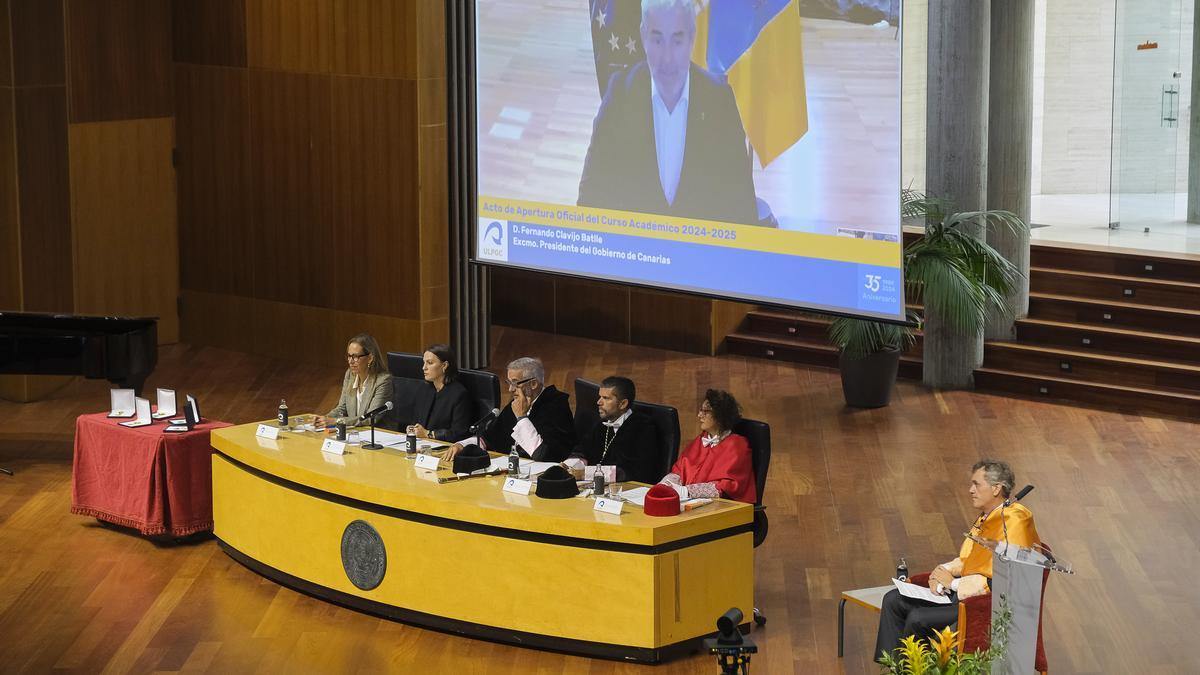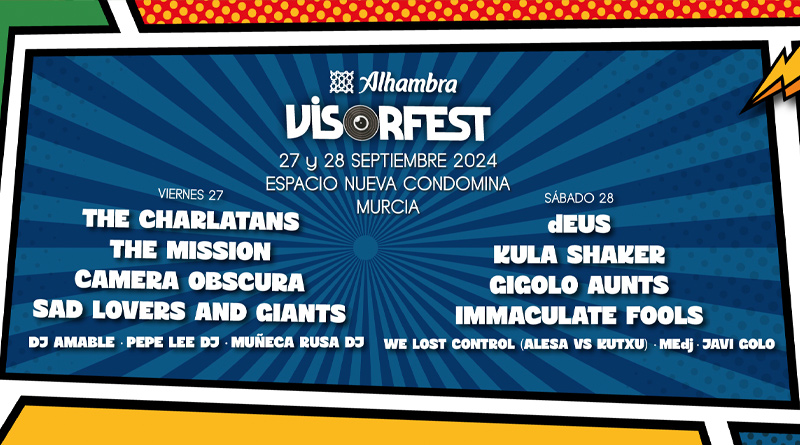For a long time, experts have been proposing all sorts of bizarre hypotheses about the extinction of dinosaurs.Some of the wilder (and less valid) suggestions have gone so far as to suggest that the extinction could have been caused by a supernova explosion relatively close to Earth, or that the dinosaurs died of overdoses when flowering plants appeared, or that their bodies were so large that they were unable to regulate their temperature and ended up being sterilized by heat. Now, the most widely supported hypothesis tells us that a comet hit Earth 65 or 66 million years ago, but… what if we're wrong?
A new study suggests that it wasn't a comet, but an asteroid, and if that's true, it has been able to pinpoint the exact type of asteroid and even its origin, but in order to understand this study from the University of Cologne and the University Institute of Brussels published in sciencesIt is worth being clear about a few points. For example… why are we so sure that the extinction was caused by an alien impact? How could such a collapse, no matter how large, have wiped out all the dinosaurs? And first of all: How can we know the origin of a space rock that we have not yet found?
Now the scientific consensus is clear: non-avian dinosaurs went extinct because of the coke from an object about 11 kilometers in diameter. Oddly enough, there is a lot of evidence that this was the final blow, but to be fair, that doesn't seem to explain everything. If the fossil record is interpreted correctly, it seems that many dinosaur genera were already experiencing a strange decline before the meteorite put an end to them. However, it must have been devastating. The impact created a cloud of dust and ash that blocked out light and affected plant growth, which in turn could not feed herbivores and carnivores, affecting the entire food web.
We know this because, at that time, a large amount of a radioactive element called iridium was also created, which is not present on our planet in such quantities, but comes from meteorites like the one that hit. Iridium was deposited to cover the entire globe and form the famous Cretaceous-Paleogene (K-Pg) layer. In fact, we even know where the impact occurred because it left behind the famous Chicxulub crater, on the Yucatan Peninsula, south of what is now Mexico. And so it all ended, with an unexpected visitor and a major crash. But how do we know he wasn't guilty?
Let's start by clarifying the concepts. A comet is a mixture of ice and dust that forms a tail as it approaches the sun. An asteroid is a rocky or metallic body at least ten meters across, generally orbiting the Sun in the asteroid belt. A meteoroid is a piece of an asteroid or comet. When a meteoroid enters the Earth's atmosphere and burns up, it's called a meteorite. If a piece of that meteorite survives and reaches Earth, it's called a meteorite. Okay then, In the same way that experts discovered some time ago a layer of iridium covering the entire planet, they have now analyzed a layer of ruthenium, another material typical of smaller bodies in the solar system, but more specific.
After studying the ruthenium variants present in the K-Pg layer, researchers and experts found a surprise. The material is not typical of a comet, but of an asteroid, specifically a carbonaceous chondrite, which is largely composed of carbon compared to another type of asteroid where silicon is more abundant. In fact, in the study, they analyzed other layers and discovered that while there is evidence of siliceous asteroid impacts in other places and times in Earth's history, if we go back to the Archean, 3.5 billion years ago, we find a greater proportion of carbonaceous asteroids that may have contributed to the buildup of material that led to the formation of our planet.
Through this chemical analysis and knowledge of the distribution of these small bodies in our neighborhood, experts were able to conclude that the asteroid in question came from the outer solar system, beyond Jupiter. Thus, if these results are confirmed by an independent study, we can say with great conviction that what ended the age of dinosaurs was a carbonaceous asteroid about 11 kilometers in diameter that came from beyond Jupiter, and that it crashed in one way or another on the surface of the planet in what is now the Yucatán Peninsula. That's an amazing amount of detail for something that happened 65 million years ago.
Don't be known:
- As we said, the asteroid impact kicked up a dust cloud that took a long time to settle, and in suspension, it blocked a good portion of the sunlight, affecting plants, their prey and, consequently, their predators. What is not usually talked about is the earthquake that caused the impact. We would hope to be told about the monstrous tsunami that swept across the oceans, but the earthquake is rarely named. However, a study published by Herman Bermudez two years ago suggests that the earthquake was not only relevant, but could have lasted for weeks or even months.
References (MLA):
- Fisher Judy, Mario, et al. “Ruthenium isotopes show that the Chicxulub impactor was a carbonaceous asteroid.” Science, 16 August 2024, doi:10.1126/science.adk4868.





